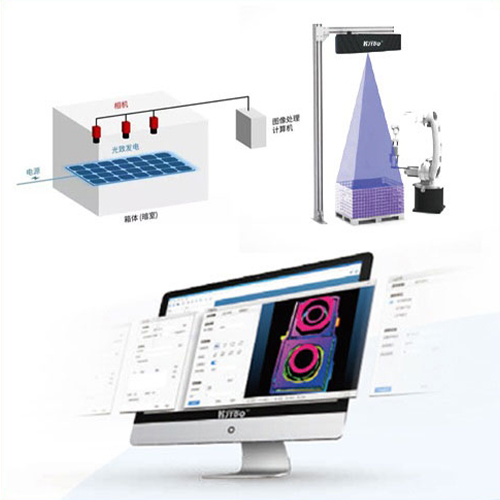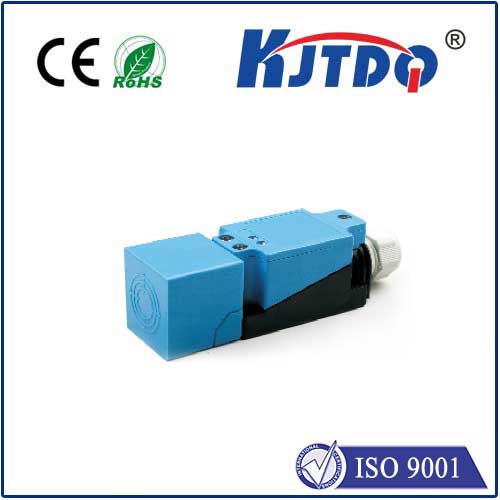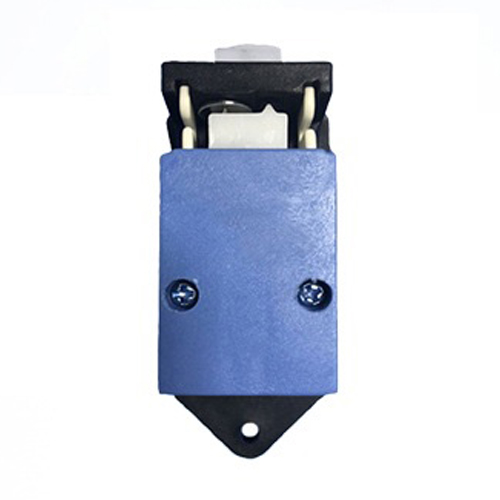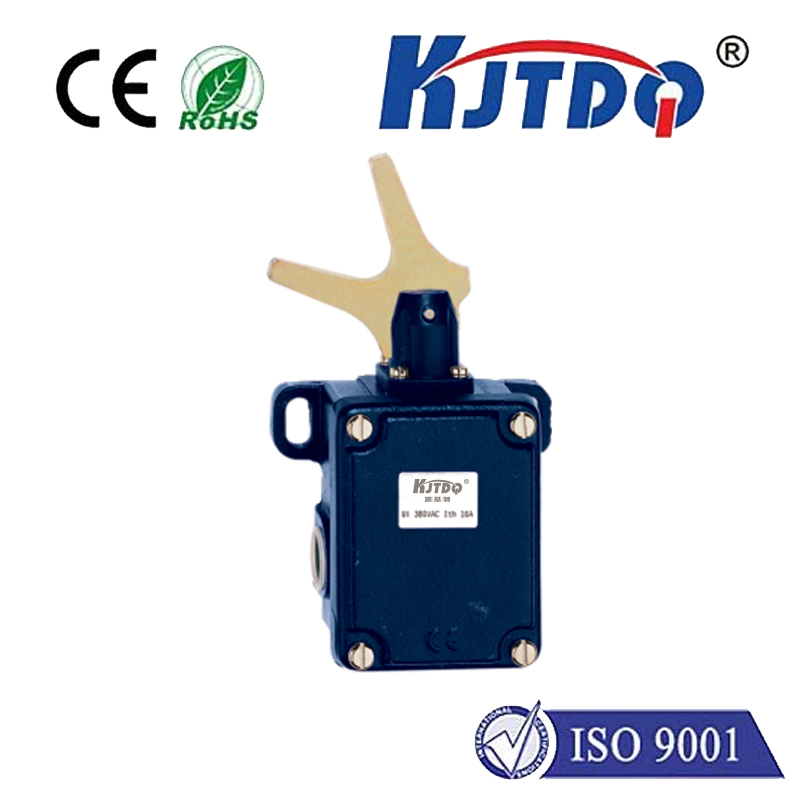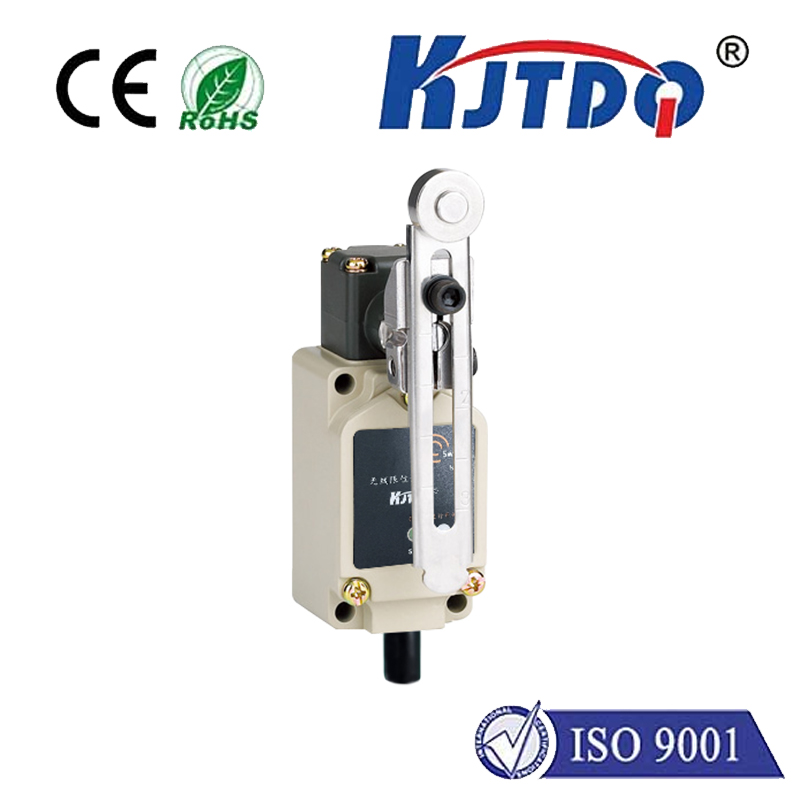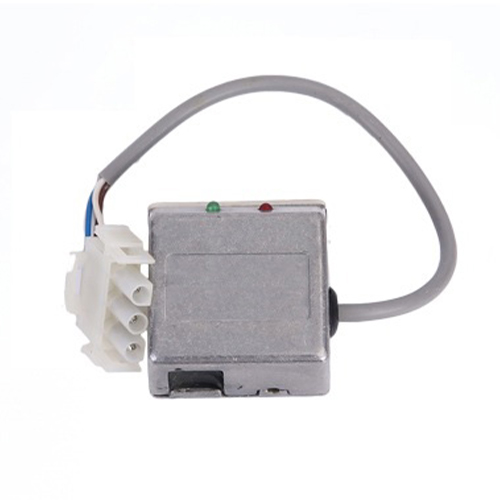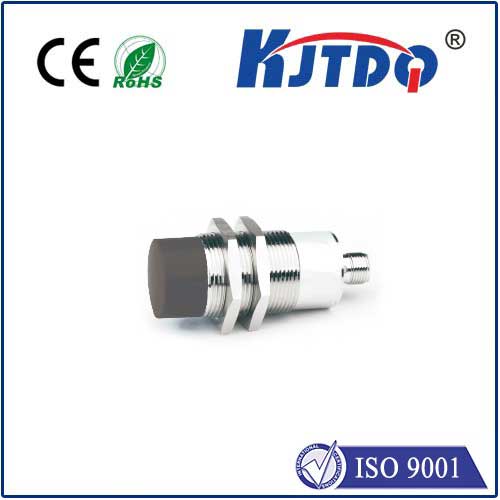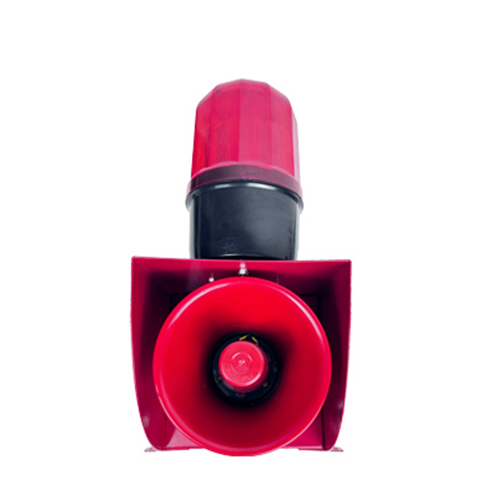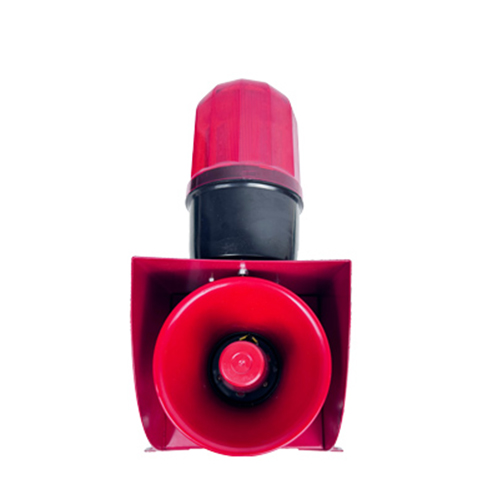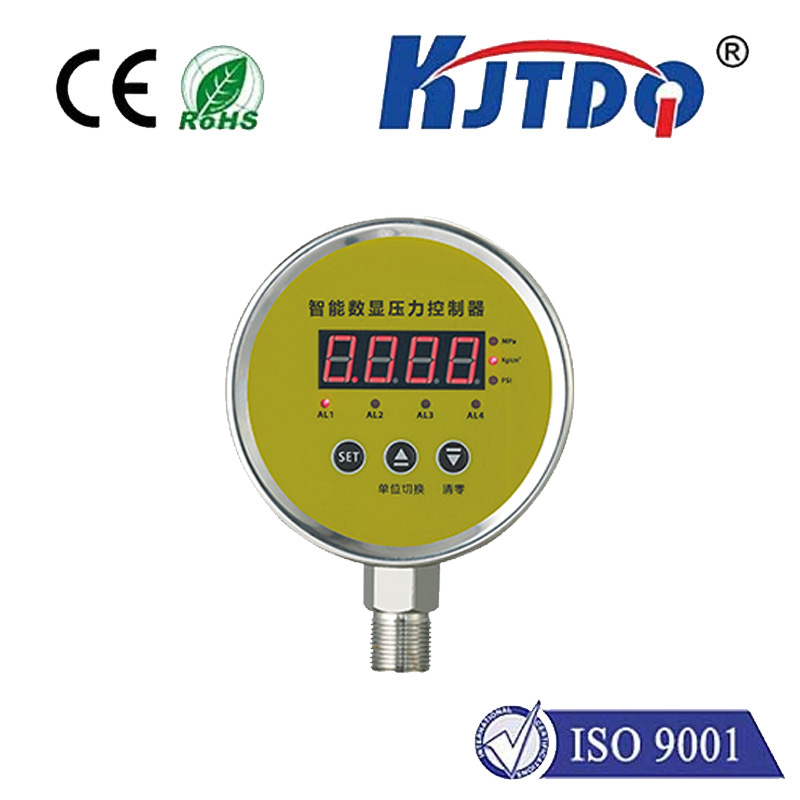Safety Radar Sensor: Enhancing Vehicle Safety and Efficiency
In the modern era of automotive technology, the safety radar sensor has become an essential component in ensuring vehicle safety and efficiency. As vehicles become more complex and driven by advanced automation, the role of radar sensors in detecting obstacles, monitoring surroundings, and improving driver awareness has never been more critical. This article explores the function, benefits, and significance of safety radar sensors in today’s automotive landscape.
A safety radar sensor is a device that uses radar technology to detect objects in the surrounding environment. Unlike traditional cameras or lidar, radar sensors emit radio waves and measure the time it takes for them to return after bouncing off an object. This information is then processed by the vehicle’s control system to identify the presence, distance, and speed of nearby objects. The data is used to trigger safety features such as automatic braking, lane departure warnings, and adaptive cruise control.

One of the key advantages of safety radar sensors is their ability to work effectively in various conditions. Whether it’s heavy rain, fog, or snow, radar sensors remain reliable due to their non-line-of-sight capabilities. This makes them particularly useful in low-visibility environments where other technologies may fail. Additionally, radar sensors can detect objects that are not visible to the naked eye, such as small animals, pedestrians, or even floating debris.
The integration of safety radar sensors into modern vehicles has revolutionized the way drivers interact with their cars. In the event of an obstacle, the sensor can alert the driver through visual or auditory signals, allowing for quicker reaction times. In more advanced systems, such as autonomous driving, radar sensors work in conjunction with other sensors to create a comprehensive picture of the vehicle’s surroundings. This multi-sensor approach enhances the accuracy and reliability of the vehicle’s safety systems.
Beyond driver assistance, safety radar sensors also contribute to vehicle efficiency. By detecting objects and maintaining optimal distances, these sensors help reduce fuel consumption and improve overall driving performance. In electric vehicles, where range is a crucial factor, the ability to maintain safe distances can significantly extend the vehicle’s operational range.
As automotive technology continues to evolve, the role of safety radar sensors is likely to expand. Innovations in sensor technology, such as higher resolution and faster processing speeds, are making these systems more accurate and responsive. Moreover, the integration of artificial intelligence and machine learning is enabling radar sensors to learn and adapt to different driving scenarios, further enhancing their effectiveness.
In conclusion, safety radar sensors are not just a technological advancement—they are a vital component of modern vehicle safety. Their ability to provide reliable detection and response in various conditions makes them indispensable in today’s automotive industry. As vehicles become more intelligent and autonomous, the importance of these sensors will only grow, ensuring that drivers and passengers can travel safely and efficiently.
